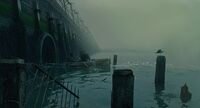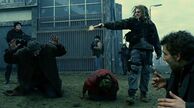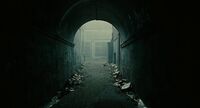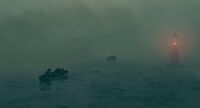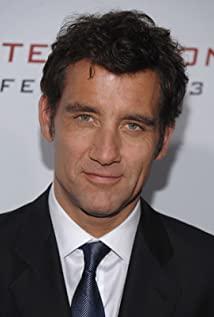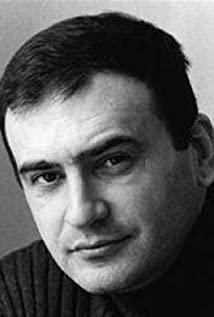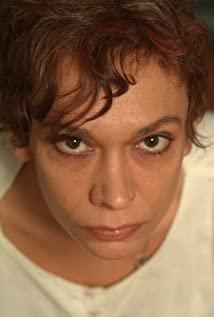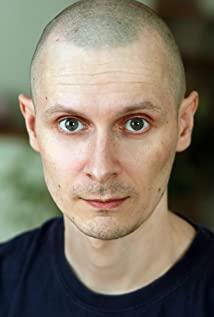But in the Son of Man, the continuity of time and space has not always become the focus of this adventure. In the scheduling of a long shot, often because of the characteristics of "adventure", the initiative of the characters fluctuates up and down. When the initiative is high, they are the subject of the plot, and when the initiative is low, they are the object of the plot. When the subject and the object are switched, the relationship between the character and the environment is not continuous, but broken. Therefore, at this time, the editing actually preserves this changing relationship, and the all-inclusive long shot, no matter how effective the scheduling, will be In a state of improper, internal division.
For example, the battlefield scene most talked about. The protagonist squad was captured by FISH while looking for the sewers, and then Theo and Kee were separated. He traveled across the battlefield to retrieve Kee's mother and son. In this process, the camera is basically chasing the protagonist Theo. Sometimes he has to bravely cross the street while the flames of war have ceased for a while (active), and sometimes he has to wait for the end of a conflict to take the opportunity to move forward (passive). When he is passive, the protagonist acting as the observer is excluded from the subject of the lens. He is waiting for the environment to change. He wants to witness the changes in this environment. If he is the center of the narrative, the focus should be on depicting the changes in the environment. It's not that the camera is reluctant to leave him around.
Under such a long shot, I have a feeling of playing CoD, holding the gun suddenly, to reach a plot point, you have to listen to the surrounding NPCs talking about a bunch of bullshit, and then watch the enemy turn these NPCs dry. You who were originally very active, you could have been abruptly, you have to watch the npc be flipped passively to explode the protagonist's power after the plot, and continue to abruptly. This is especially obvious in a few previous long shots, such as the section where the male protagonist followed his ex-wife to get off the bus, a turn, the female protagonist walked up the stairs, but stopped and waited for the male protagonist: Hey, this is obviously the protagonist in the RPG in the environment Look through the chest to pick up the treasure and the NPC has already gone to the next plot to wait for the protagonist, okay? In short, the long lens is stretched when it comes to its natural rhythm transition.
On the other hand, his behavior was constrained by the long lens that he followed all the time, switching between active and passive repeatedly, but lacked authenticity: Why did he stay on the second floor of the building first, and did not proceed? A complete search but only witnessed the enemy's death? This is because the enemy was killed in the plot. This information can only be found by the protagonist, so the camera follows him into an environment that is not helpful to his behavior. (In fact, this specific plot is very tasteless, and it is almost meaningless for the advancement of the plot itself. It is nothing more than closing the fate of a minor character.)
Okay, although there are many shortcomings, I still like this movie very much. The overall reconciliation of the film and the final sensationalism, and in the previous long shots in the car, I enjoyed a real fun of combining technology with adventure. In this passage, the protagonist and his party have been nestled in the car, and their relationship with the environment has always been unified. Although the sudden change occurred after the camera has been carried out for a while, they can do nothing but continue this period of driving. The angle of view has never been Changes did not happen to the kind of continuity crisis mentioned before. So when I saw this, I already felt that it was worth two hours.
View more about Children of Men reviews



